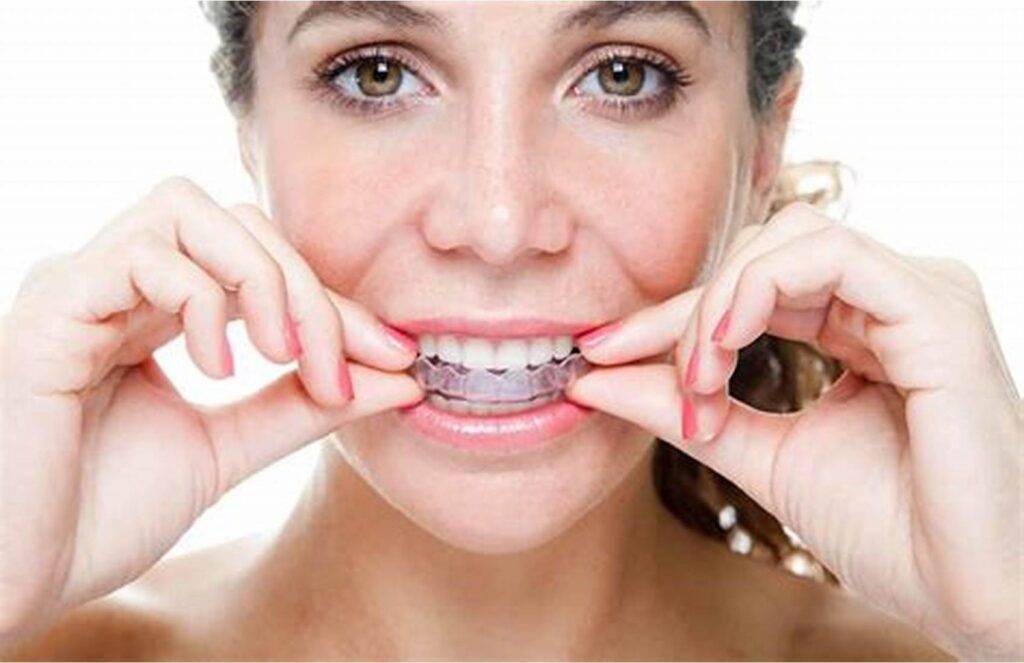Clear aligner therapy has become a cornerstone of modern orthodontics, offering patients a discreet and convenient alternative to traditional braces. But achieving precise and predictable results with aligners isn’t just about the trays themselves—it’s also about what goes on the teeth. That’s where attachments come in.
Attachments, often referred to as “engagers,” are small, tooth-colored composite bumps that are bonded to the teeth to improve the aligner’s grip.
These subtle elements are biomechanical tools that play a critical role in guiding and controlling tooth movement. While they may appear simple, their design, placement, and purpose are highly strategic.
The primary function of attachments is to help aligners apply force more effectively. Some tooth movements—like rotations, extrusions, and root torque—are notoriously difficult to achieve without additional leverage.
Attachments serve as anchor points that allow the aligner to exert directional forces that would otherwise be too complex or inefficient with tray geometry alone.
For example, rotating a cylindrical tooth like a canine requires a specific type of beveled or ellipsoid attachment to provide the needed rotational force.
Equally important is the location and shape of each attachment. The design must correspond not just to the movement goal, but also to the morphology of the tooth and the overall treatment plan.
Poorly positioned attachments can reduce treatment efficiency or lead to unintended movements. Conversely, when optimized, attachments can minimize the number of refinements, reduce treatment time, and increase predictability.
Another key consideration is patient compliance and comfort. Even though attachments are designed to be discreet, they still introduce slight protrusions on the tooth surface.
Overuse of attachments or using large, poorly contoured ones can negatively impact the patient experience. That’s why a balance must be struck between biomechanics and aesthetics—using the right attachments in the right places, only when necessary.
Digital treatment planning software has made this process far more precise. Clinicians can simulate different scenarios and adjust attachment configurations in real-time to optimize outcomes.
Reviewing force vectors, anchorage requirements, and the sequence of movements allows for a fully customized approach for each patient.
Ultimately, clear aligner attachments are not a one-size-fits-all solution. Their power lies in personalization—tailoring their design to the specific biomechanical demands of the case.
When used thoughtfully, they elevate aligner therapy from a cosmetic solution to a highly effective and controlled orthodontic treatment.


